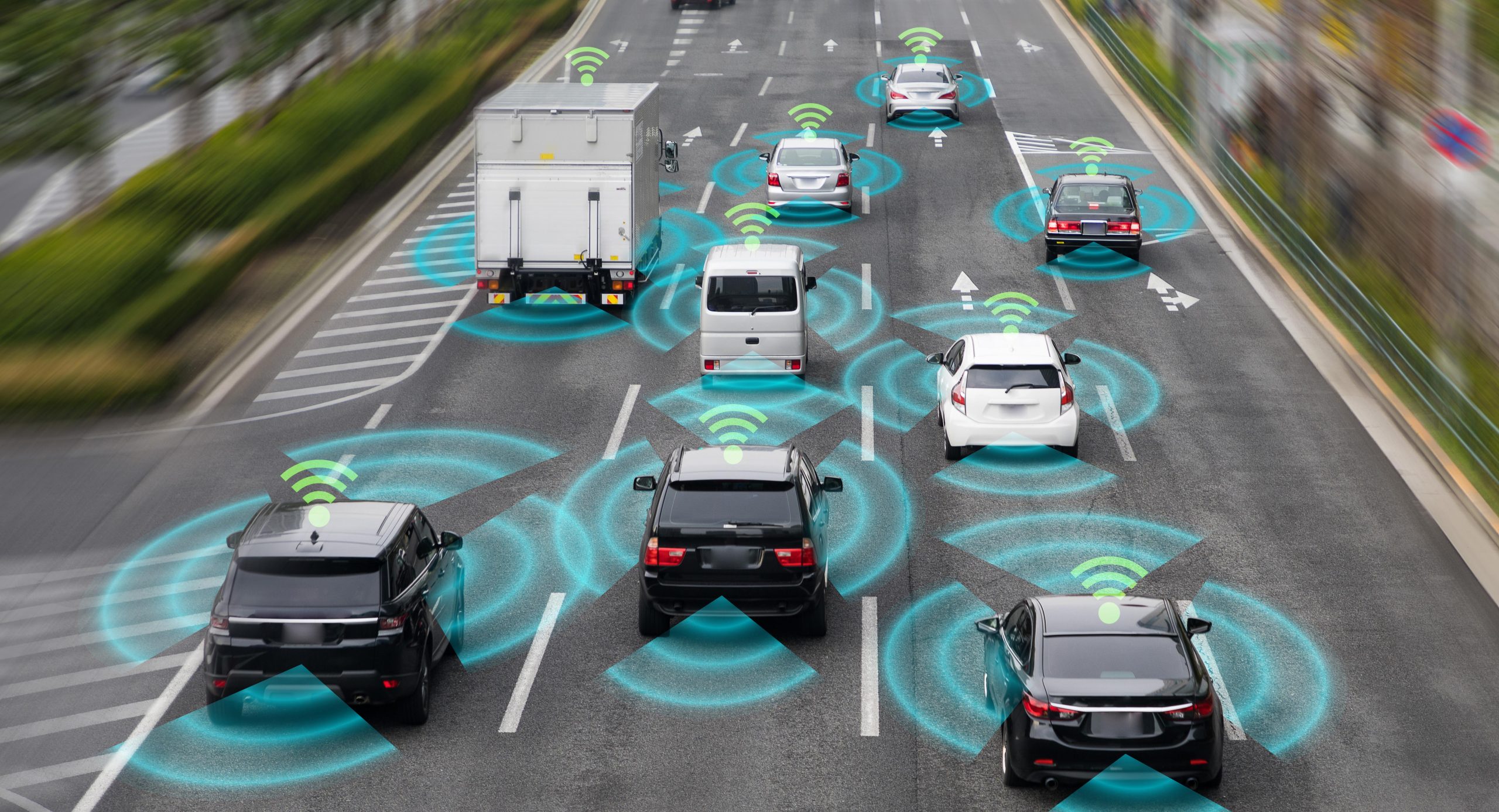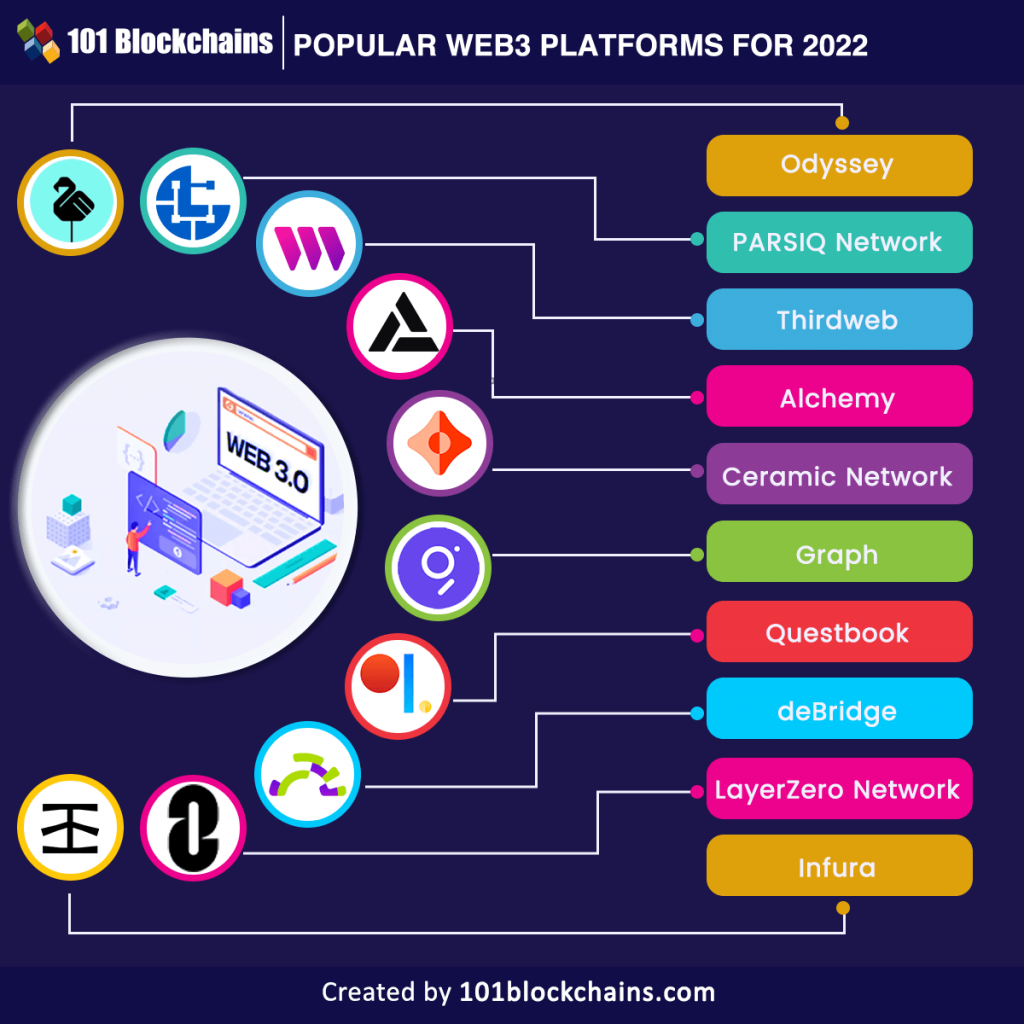
Unlocking the Future of Mobility: AI in Transportation and the Autonomous Vehicle Revolution
Imagine a world where traffic jams are a distant memory, where roads are safer than ever, and where your daily commute becomes a productive, relaxing experience. This isn’t just a futuristic fantasy; it’s a rapidly approaching reality, driven by the incredible power of Artificial Intelligence (AI) in the transportation sector. From intelligent traffic lights to self-driving cars, AI is fundamentally reshaping how we move people and goods.
This comprehensive guide will take you on a journey down the road to autonomous vehicles, exploring how AI works, its widespread applications beyond just self-driving cars, the immense benefits it offers, and the challenges we must overcome to fully realize this transformative vision. Get ready to understand the revolution happening right before our eyes!
What Exactly is Artificial Intelligence (AI) in Simple Terms?
Before we dive into its applications, let’s demystify AI. At its core, Artificial Intelligence (AI) refers to the ability of machines to perform tasks that typically require human intelligence. Think of it as teaching computers to "think" and "learn" like us, but much faster and on a larger scale.
Here are the key concepts that power AI in transportation:
- Machine Learning (ML): A subset of AI where computers learn from data without being explicitly programmed. For example, an ML algorithm can be fed thousands of images of stop signs and learn to identify them on its own.
- Deep Learning (DL): A more advanced form of ML that uses "neural networks" inspired by the human brain. These networks are excellent at recognizing complex patterns in vast amounts of data, making them perfect for tasks like image recognition and natural language processing.
- Computer Vision: This is AI’s "eyes." It allows computers to "see" and interpret visual information from images and videos, crucial for self-driving cars to understand their surroundings.
- Natural Language Processing (NLP): While less direct for autonomous driving, NLP allows AI systems to understand and respond to human language, which is vital for voice commands in smart vehicles or interacting with intelligent public transport systems.
In essence, AI gives vehicles and transportation systems the "brainpower" to perceive, understand, decide, and act, just like a human driver or traffic manager, but with superhuman speed and precision.
The Building Blocks of Autonomous Vehicles: How AI Powers Them
Autonomous Vehicles (AVs), often called self-driving cars or driverless cars, are the most prominent example of AI in transportation. These vehicles use a sophisticated blend of hardware and AI software to navigate roads without human intervention.
Here’s how AI helps AVs "see," "think," and "act":
-
1. Sensors: The Eyes and Ears of the Vehicle
- Lidar (Light Detection and Ranging): Uses lasers to create a detailed 3D map of the vehicle’s surroundings, detecting objects and their distance with high accuracy.
- Radar (Radio Detection and Ranging): Emits radio waves to detect objects, measure their speed, and works well in adverse weather conditions like fog or heavy rain.
- Cameras: Provide rich visual information, allowing AI to identify traffic lights, lane markings, pedestrians, other vehicles, and road signs.
- Ultrasonic Sensors: Used for short-range detection, especially for parking and low-speed maneuvers, sensing objects very close to the vehicle.
- GPS (Global Positioning System): Provides the vehicle’s precise location on a map.
-
2. Computer Vision: Making Sense of What’s Seen
- AI-powered computer vision algorithms process the vast amount of data from cameras. They identify and classify objects (e.g., "that’s a car," "that’s a pedestrian," "that’s a traffic light turning red").
- They can track the movement of these objects, predict their future paths, and understand the meaning of road signs and signals.
-
3. Sensor Fusion: The Holistic View
- No single sensor is perfect in all conditions. Sensor fusion is the AI process of combining data from all the different sensors (Lidar, Radar, Cameras, etc.) to create a complete, reliable, and redundant understanding of the vehicle’s environment.
- If a camera is blinded by sunlight, Radar might still see the car ahead. If Radar struggles with a stationary object, Lidar or cameras can confirm it. This redundancy is crucial for safety.
-
4. Machine Learning & Deep Learning: The Brain of the Car
- This is where the real "thinking" happens. Deep Learning models are trained on billions of miles of driving data (simulated and real-world) to recognize patterns, predict outcomes, and make decisions.
- They learn how to react to unexpected situations, how to navigate complex intersections, and how to drive safely and efficiently.
-
5. Path Planning & Decision Making: Navigating the Road
- Based on the perceived environment, AI algorithms plan the vehicle’s precise path, considering speed limits, traffic flow, obstacles, and legal driving maneuvers.
- They make split-second decisions: "Should I change lanes now?" "Is there enough space to turn?" "Do I need to brake for that pedestrian?"
-
6. Connectivity (V2X – Vehicle-to-Everything):
- While not strictly necessary for basic autonomy, V2X communication significantly enhances AV capabilities.
- V2V (Vehicle-to-Vehicle): Cars communicate with each other, sharing real-time information about speed, braking, and potential hazards, preventing collisions.
- V2I (Vehicle-to-Infrastructure): Vehicles communicate with traffic lights, road sensors, and other infrastructure, optimizing traffic flow and providing early warnings about road conditions or upcoming construction.
- V2P (Vehicle-to-Pedestrian): Potentially allowing vehicles to communicate with smartphone-carrying pedestrians, alerting both parties to potential conflicts.
Together, these AI-powered components allow autonomous vehicles to perceive their environment, understand the situation, predict events, plan a safe route, and execute driving maneuvers without human intervention.
AI’s Broader Impact: Beyond Just Self-Driving Cars
While autonomous vehicles capture headlines, AI’s influence in transportation extends far beyond the car itself, creating a more efficient, safer, and smarter mobility ecosystem.
-
1. Intelligent Traffic Management Systems:
- Real-time Traffic Optimization: AI analyzes vast amounts of data from sensors, cameras, and even social media to predict and manage traffic flow in real-time. It can dynamically adjust traffic light timings to reduce congestion and improve travel times.
- Predictive Maintenance for Infrastructure: AI can monitor bridges, roads, and rail lines for early signs of wear and tear, predicting when maintenance will be needed before problems become critical.
- Emergency Response: AI can clear paths for emergency vehicles by controlling traffic signals and diverting other traffic, significantly reducing response times.
-
2. Logistics and Supply Chain Optimization:
- Route Optimization: AI algorithms can calculate the most efficient routes for delivery trucks, considering factors like traffic, road closures, delivery windows, and fuel efficiency. This saves time and money.
- Warehouse Automation: AI-powered robots and automated guided vehicles (AGVs) handle sorting, moving, and storing goods in warehouses, increasing speed and accuracy.
- Demand Forecasting: AI analyzes historical data, weather patterns, and economic trends to predict demand for goods, allowing companies to optimize inventory and shipping schedules.
- Autonomous Trucks: Self-driving trucks are already being piloted on highways, promising to revolutionize long-haul freight by operating 24/7 with greater efficiency and potentially lower costs.
-
3. Public Transportation Enhancement:
- Dynamic Routing: AI can optimize bus and train schedules and routes in real-time based on passenger demand, traffic conditions, and special events, making public transit more responsive and attractive.
- Predictive Maintenance for Fleets: AI monitors the health of buses, trains, and other vehicles, predicting potential breakdowns and scheduling maintenance proactively, reducing downtime and costs.
- Passenger Experience: AI-powered apps provide real-time updates, personalized travel recommendations, and even help manage ticketing, making public transport more user-friendly.
-
4. Ride-Sharing and Mobility-as-a-Service (MaaS):
- Optimized Matching: AI efficiently matches riders with available vehicles, minimizing wait times and optimizing driver routes for ride-sharing platforms.
- Dynamic Pricing: AI algorithms adjust ride prices based on demand, supply, and traffic conditions, ensuring market efficiency.
- Fleet Management: For shared vehicle fleets (e.g., e-scooters, shared cars), AI manages vehicle distribution, charging, and maintenance, ensuring availability.
- MaaS Integration: AI will be crucial in integrating various transport options (public transit, ride-sharing, bike-sharing) into seamless, personalized travel plans for users.
-
5. Last-Mile Delivery Solutions:
- Delivery Robots and Drones: AI-powered autonomous robots and drones are emerging for short-distance deliveries, especially in urban and suburban areas, offering faster, more cost-effective, and environmentally friendly options.
- Route Planning for Human Deliveries: Even for human-driven delivery services, AI optimizes delivery sequences and routes to maximize efficiency.
The Benefits of AI in Transportation: A Brighter Future
The integration of AI into transportation promises a host of transformative benefits that will impact our daily lives, economies, and the environment.
-
1. Enhanced Safety:
- Reduced Human Error: Over 90% of traffic accidents are caused by human error (distraction, fatigue, impairment, aggressive driving). AI systems don’t get tired, distracted, or emotional.
- Faster Reaction Times: AI can react to hazards significantly faster than a human, often detecting dangers before a human driver even perceives them.
- 360-Degree Awareness: AI systems have a constant, comprehensive view around the vehicle, eliminating blind spots and improving situational awareness.
- Fewer Accidents, Fewer Fatalities: The ultimate goal is a dramatic reduction in collisions, injuries, and fatalities on our roads.
-
2. Improved Efficiency & Reduced Congestion:
- Optimized Traffic Flow: AI-powered traffic lights and intelligent routing can smooth traffic flow, reducing bottlenecks and stop-and-go driving.
- Increased Road Capacity: Autonomous vehicles can drive closer together more safely (platooning) and operate at more consistent speeds, effectively increasing the capacity of existing roads.
- Time Savings: Less time spent stuck in traffic means more time for work, leisure, or family.
- Fuel Efficiency: Smoother driving and optimized routes lead to less fuel consumption and lower operating costs for vehicles and fleets.
-
3. Environmental Advantages:
- Reduced Emissions: Less congestion, smoother driving, and optimized routes directly translate to lower fuel consumption and thus reduced greenhouse gas emissions and air pollution.
- Support for Electric Vehicles: AI can manage the charging infrastructure for electric autonomous vehicles, optimizing charging times and grid load.
- Efficient Resource Use: Optimized logistics and shared mobility reduce the overall number of vehicles needed on the road.
-
4. Increased Accessibility and Mobility:
- Freedom for Non-Drivers: Autonomous vehicles can provide independent mobility for the elderly, people with disabilities, and those who cannot or choose not to drive, significantly improving their quality of life.
- Reduced Need for Parking: With ride-sharing and autonomous fleets, vehicles can drop off passengers and then pick up others, reducing the need for vast parking lots in urban areas.
- New Services: Opens up possibilities for entirely new mobility services, from autonomous delivery pods to on-demand public transit in underserved areas.
-
5. Economic Benefits:
- Productivity Gains: Passengers in autonomous vehicles can use their commute time productively (working, reading, relaxing) instead of focusing on driving.
- Lower Operating Costs: For commercial fleets, reduced fuel consumption, optimized routes, and potentially lower labor costs (for drivers) can lead to significant savings.
- New Industries and Jobs: The development, deployment, and maintenance of AI-powered transportation systems will create entirely new sectors and job opportunities.
- Reduced Healthcare Costs: Fewer accidents mean lower healthcare expenditures related to traffic injuries.
Challenges and Considerations: The Bumps in the Road
While the future looks bright, the road to widespread AI-powered transportation and fully autonomous vehicles is not without its hurdles. These challenges require careful consideration and collaborative solutions.
-
1. Ethical Dilemmas:
- "Trolley Problem": In an unavoidable accident scenario, how should an AI-driven car be programmed to make life-or-death decisions? Should it prioritize the occupants, pedestrians, or minimize overall harm? These are complex moral questions with no easy answers.
- Accountability: Who is responsible when an autonomous vehicle causes an accident – the owner, the manufacturer, the software developer, or the AI itself? Clear legal frameworks are needed.
-
2. Regulatory Hurdles:
- Lack of Uniform Laws: Different states and countries have varying, or non-existent, regulations for autonomous vehicles, hindering widespread deployment.
- Certification and Testing: Establishing rigorous and standardized testing and certification processes for AVs is critical to ensure their safety and reliability.
- Data Privacy: AI systems collect vast amounts of data. Regulations are needed to ensure this data is collected, stored, and used responsibly and ethically.
-
3. Cybersecurity Risks:
- Vulnerability to Hacking: An AI-powered vehicle or traffic system could be vulnerable to cyberattacks, potentially leading to vehicle hijacking, data breaches, or widespread traffic chaos.
- Software Updates: Secure and reliable over-the-air (OTA) software updates are crucial for maintaining system integrity and addressing new threats.
-
4. Public Acceptance and Trust:
- Fear of the Unknown: Many people are naturally apprehensive about relinquishing control to a machine, especially when safety is involved.
- Education is Key: Building trust requires transparent communication, clear demonstrations of safety, and gradual integration into society.
- Human-Machine Interaction: Designing intuitive and reassuring ways for humans to interact with autonomous systems is vital.
-
5. Infrastructure Requirements:
- Road Markings and Signage: Roads need to be well-maintained with clear markings and standardized signage for optimal AI perception.
- Digital Infrastructure: Widespread, reliable 5G connectivity and edge computing capabilities are essential for V2X communication and real-time data processing.
- Charging Infrastructure: The shift to electric autonomous vehicles requires a robust and accessible charging network.
-
6. Technical Complexities and "Edge Cases":
- Unpredictable Scenarios: While AI excels at common driving situations, it struggles with "edge cases" – rare, unusual, or highly complex scenarios that are difficult to predict or program (e.g., a child running into the street from behind a parked car, unusual weather conditions combining with road debris).
- Validation: Proving the safety of AVs is immensely challenging, as they need to perform better than human drivers in all possible scenarios.
The Road Ahead: Future Trends in AI and Transportation
The journey towards a fully AI-integrated transportation system is ongoing, and several key trends will shape its evolution:
- Continued AI Advancements: Expect even more sophisticated AI models, capable of deeper understanding, better prediction, and more nuanced decision-making, particularly with advancements in reinforcement learning and general AI.
- Integrated Smart Cities: Transportation will become a seamless part of broader "smart city" initiatives, where AI optimizes everything from energy consumption to waste management, all interconnected.
- New Business Models: The rise of autonomous fleets will usher in new models of vehicle ownership, shared mobility, and on-demand services, potentially transforming urban landscapes.
- Human-AI Collaboration: Rather than full replacement, we may see a significant phase of enhanced human-AI collaboration, where AI assists drivers, manages fleets, and optimizes routes, gradually transitioning towards higher levels of autonomy.
- Air and Water Autonomous Systems: The principles of AI in ground transportation are already being applied to autonomous drones, air taxis, and even self-navigating ships, promising a multi-modal autonomous future.
Conclusion: Driving Towards a Smarter Tomorrow
Artificial Intelligence is not just a technological buzzword; it’s the fundamental engine driving the next revolution in transportation. From making our roads dramatically safer and more efficient to creating unprecedented levels of accessibility and environmental sustainability, AI promises to transform how we live, work, and connect.
While the "Road to Autonomous Vehicles" and a fully intelligent transportation network presents significant technical, ethical, and regulatory challenges, the potential benefits are too profound to ignore. By embracing innovation, fostering collaboration between industry, government, and society, and focusing on responsible development, we are well on our way to unlocking a future of mobility that is smarter, safer, and more sustainable for everyone. Get ready for the ride – the future of transportation is here, and it’s powered by AI!



Post Comment